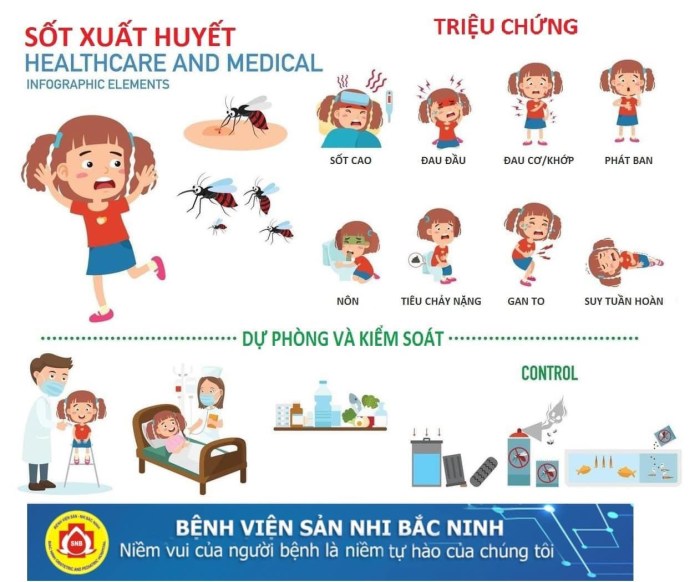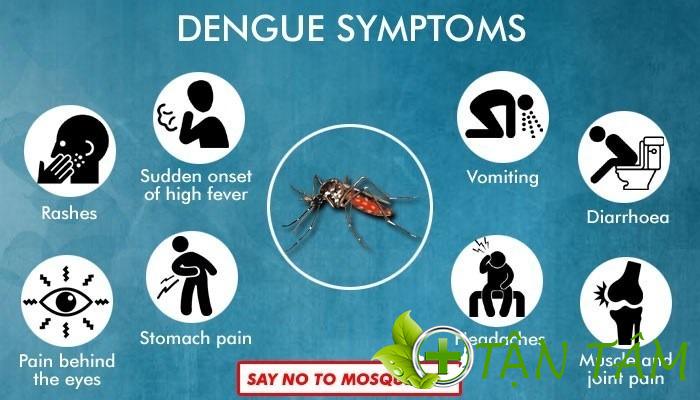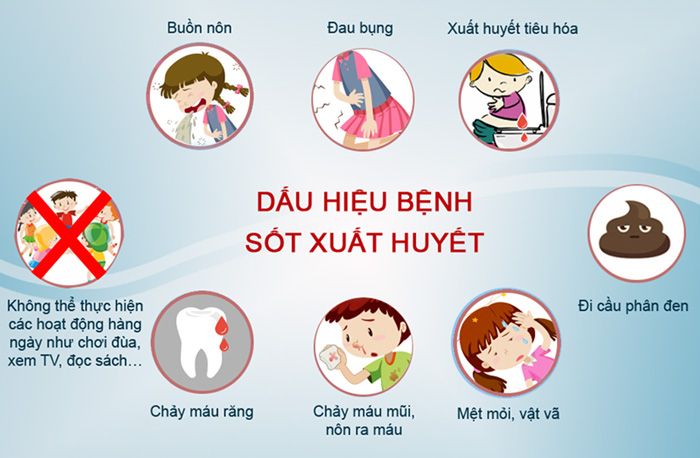Sot xuat huyet tieng anh, atau perdarahan postpartum, adalah topik yang penting untuk dipahami oleh semua orang yang akan atau sudah melahirkan. Perdarahan setelah melahirkan adalah kondisi yang umum terjadi, tetapi bisa sangat berbahaya jika tidak ditangani dengan tepat. Artikel ini akan membahas secara mendalam tentang sot xuat huyet tieng anh, termasuk definisi, penyebab, gejala, cara penanganan, dan cara pencegahannya.
Sot xuat huyet tieng anh adalah perdarahan hebat yang terjadi setelah melahirkan. Kondisi ini dapat disebabkan oleh berbagai faktor, termasuk atonia uteri, robekan jalan lahir, dan plasenta yang tertinggal. Gejala sot xuat huyet tieng anh meliputi pendarahan hebat, pusing, dan sesak napas.
Definition of Postpartum Hemorrhage (PPH)

Postpartum hemorrhage (PPH) is a life-threatening condition that occurs when a woman loses more than 500 milliliters of blood within 24 hours of giving birth. PPH is a leading cause of maternal death worldwide, accounting for 14% of all maternal deaths.
Risk factors for PPH include:
- Previous PPH
- Uterine atony (failure of the uterus to contract after delivery)
- Placenta previa (placenta that covers the cervix)
- Abruptio placentae (premature separation of the placenta from the uterus)
- Large baby
- Multiple births
- Prolonged labor
- Preeclampsia (high blood pressure during pregnancy)
- Eclampsia (seizures during pregnancy)
- Amniotic fluid embolism (a rare but life-threatening condition that occurs when amniotic fluid enters the mother’s bloodstream)
li>Retained placenta (placenta that remains in the uterus after delivery)
Causes of Postpartum Hemorrhage

Postpartum hemorrhage (PPH) is a serious condition that can occur after childbirth. It is defined as blood loss of more than 500 mL within 24 hours of delivery. PPH can be caused by a variety of factors, including:
- Uterine atony:This is the most common cause of PPH. It occurs when the uterus fails to contract properly after delivery, which can lead to excessive bleeding.
- Retained placenta:This occurs when the placenta is not completely expelled from the uterus after delivery.
It can lead to PPH if the placenta becomes detached from the uterine wall and begins to bleed.
- Lacerations:These are tears in the vagina, cervix, or uterus that can occur during childbirth. They can lead to PPH if they are deep enough to damage blood vessels.
Other factors that can contribute to PPH include:
- Preeclampsia:This is a condition that can occur during pregnancy and is characterized by high blood pressure and protein in the urine. It can increase the risk of PPH because it can damage the blood vessels in the uterus.
- Chorioamnionitis:This is an infection of the membranes that surround the fetus.
Sot xuat huyet tieng anh, also known as “red white and roan bull”, is a rare and unique breed of cattle originating from the United States. As the name suggests, these animals are characterized by their distinctive tricolor coat pattern, featuring shades of red, white, and roan.
The red white and roan bull breed is known for its adaptability and hardiness, making it well-suited for various climates and terrains. While it may not be as common as other cattle breeds, the sot xuat huyet tieng anh remains a fascinating and important part of the world’s livestock heritage.
It can increase the risk of PPH because it can weaken the uterine wall.
- Multiple births:Women who have twins or triplets are at an increased risk of PPH because their uterus has to work harder to deliver the babies.
Signs and Symptoms of Postpartum Hemorrhage

Excessive bleeding after childbirth is a serious medical condition known as postpartum hemorrhage (PPH). It’s crucial to recognize the signs and symptoms of PPH promptly to ensure timely intervention and prevent life-threatening complications.
Recognizing Excessive Bleeding
Normal postpartum bleeding typically involves passing blood clots and tissue for several days after delivery. However, excessive bleeding can be recognized by:
- Soaking through a sanitary pad within an hour
- Passing large blood clots (larger than a golf ball)
- Bleeding that continues heavily or increases in intensity
- Lightheadedness, dizziness, or fainting
- Rapid heart rate or shallow breathing
- Cold, clammy skin
- Confusion or disorientation
Monitoring Blood Loss
Healthcare providers monitor blood loss during and after delivery to identify potential PPH:
- Blood loss during delivery:Measured in milliliters (mL) or fluid ounces
- Blood loss after delivery:Estimated by counting the number of saturated sanitary pads
Any excessive blood loss requires immediate medical attention to prevent severe complications and preserve the mother’s health.
Management of Postpartum Hemorrhage

Postpartum hemorrhage (PPH) is a serious complication that can occur after childbirth. It is defined as blood loss of more than 500 mL within 24 hours of delivery. PPH can be life-threatening if not managed promptly and effectively.
The management of PPH involves a stepwise approach, which includes:
Uterine massage
Uterine massage is a simple and effective way to control bleeding after childbirth. It involves massaging the uterus to stimulate contractions and expel any clots that may be blocking the blood vessels.
Uterotonic drugs
Uterotonic drugs are medications that are used to stimulate uterine contractions. They are typically given intravenously or intramuscularly. The most commonly used uterotonic drugs are oxytocin and ergometrine.
Manual compression
Manual compression is a technique that is used to compress the uterus and stop bleeding. It is typically performed by a doctor or midwife.
Surgical interventions
In some cases, surgical interventions may be necessary to control PPH. These interventions may include:
- Uterine artery embolization
- Hysterectomy
Prevention of Postpartum Hemorrhage
Preventing postpartum hemorrhage is crucial for ensuring maternal well-being. Several strategies can effectively reduce the risk of excessive bleeding after childbirth.
Active Management of the Third Stage of Labor
Active management of the third stage of labor involves proactive interventions to control uterine contractions and minimize blood loss. This includes:
- Administering oxytocin to stimulate uterine contractions.
- Controlled cord traction to deliver the placenta gently.
- Uterine massage to promote contraction and expel any retained placental fragments.
Prophylactic Uterotonics, Sot xuat huyet tieng anh
Prophylactic uterotonics are medications given before or immediately after delivery to prevent postpartum hemorrhage. These medications, such as oxytocin or misoprostol, stimulate uterine contractions and reduce the risk of uterine atony.
Other Preventive Measures
- Controlled cord traction:Gently pulling on the umbilical cord while applying counter-pressure on the uterus helps detach the placenta without causing uterine damage.
- Immediate breastfeeding:Suckling stimulates the release of oxytocin, which promotes uterine contractions and reduces bleeding.
- Adequate hydration:Staying well-hydrated during labor and delivery helps maintain blood volume and reduce the risk of hypotension.
- Identification of risk factors:Recognizing and addressing risk factors for postpartum hemorrhage, such as previous PPH, uterine fibroids, or multiple gestation, allows for closer monitoring and timely intervention.
By implementing these preventive measures, healthcare providers can significantly reduce the incidence and severity of postpartum hemorrhage, ensuring a safer and healthier postpartum experience for mothers.
Complications of Postpartum Hemorrhage: Sot Xuat Huyet Tieng Anh

Excessive bleeding after childbirth can lead to severe complications that require prompt medical attention. Understanding the potential risks and long-term consequences of postpartum hemorrhage (PPH) is crucial for effective management and prevention.
Anemia
Severe PPH can result in a significant loss of red blood cells, leading to anemia. Anemia causes fatigue, weakness, shortness of breath, and impaired cognitive function. In severe cases, it can lead to heart failure and other organ damage.
Hypovolemic Shock
Rapid and excessive blood loss during PPH can lead to hypovolemic shock, a life-threatening condition. Hypovolemic shock occurs when the body does not have enough blood volume to meet its oxygen and nutrient needs. This can cause a drop in blood pressure, rapid heart rate, decreased urine output, and eventually organ failure.
Disseminated Intravascular Coagulation (DIC)
PPH can trigger DIC, a condition in which the body’s blood clotting system becomes overactive. This can lead to widespread blood clots throughout the body, blocking blood flow to vital organs and causing organ damage. DIC can also lead to excessive bleeding and difficulty stopping bleeding.
Long-Term Consequences
Untreated or severe PPH can have long-term consequences for the mother. These may include:
- Infertility
- Pelvic organ prolapse
- Uterine scarring
- Increased risk of future pregnancy complications
- Psychological trauma
Research and Innovations in Postpartum Hemorrhage
The field of postpartum hemorrhage (PPH) research is constantly evolving, with new advancements and innovations emerging regularly. These advancements are aimed at improving the diagnosis, treatment, and prevention of PPH, ultimately reducing maternal mortality and morbidity.
One significant area of research focuses on developing new treatment modalities for PPH. These include pharmacological interventions, such as the use of uterotonic drugs to contract the uterus and reduce bleeding, and mechanical interventions, such as the use of intrauterine balloons or tourniquets to tamponade the bleeding site.
Artificial Intelligence in PPH Management
Artificial intelligence (AI) is also playing an increasingly important role in PPH management. AI algorithms can be used to analyze patient data, such as vital signs, blood loss, and medical history, to predict the risk of PPH and identify patients who may benefit from early intervention.
AI-powered systems can also be used to develop personalized treatment plans for PPH, taking into account the individual patient’s risk factors and preferences. This can help to improve the effectiveness of treatment and reduce the risk of complications.
Education and Awareness about Postpartum Hemorrhage
Educating healthcare professionals and patients about postpartum hemorrhage (PPH) is crucial for reducing its incidence and severity.
Healthcare professionals should be trained to recognize the signs and symptoms of PPH, initiate prompt management, and refer patients for specialized care if necessary.
Role of Patient Education
- Empowers patients to understand their risk factors and symptoms of PPH.
- Enables them to seek timely medical attention, reducing the risk of complications.
- Promotes adherence to recommended preventive measures and treatment plans.
Resources for Healthcare Providers and Patients
- American College of Obstetricians and Gynecologists (ACOG): Guidelines for the Management of Postpartum Hemorrhage
- World Health Organization (WHO): Postpartum Hemorrhage: A Guide for Health Care Providers
- March of Dimes: Postpartum Hemorrhage
Frequently Asked Questions
Apa saja penyebab sot xuat huyet tieng anh?
Penyebab sot xuat huyet tieng anh meliputi atonia uteri, robekan jalan lahir, dan plasenta yang tertinggal.
Apa saja gejala sot xuat huyet tieng anh?
Gejala sot xuat huyet tieng anh meliputi pendarahan hebat, pusing, dan sesak napas.
Bagaimana cara menangani sot xuat huyet tieng anh?
Penanganan sot xuat huyet tieng anh meliputi pemberian obat-obatan untuk menghentikan pendarahan, transfusi darah, dan pembedahan.
Bagaimana cara mencegah sot xuat huyet tieng anh?
Cara mencegah sot xuat huyet tieng anh meliputi manajemen aktif kala tiga persalinan, penggunaan obat-obatan pencegahan, dan penarikan tali pusat terkontrol.